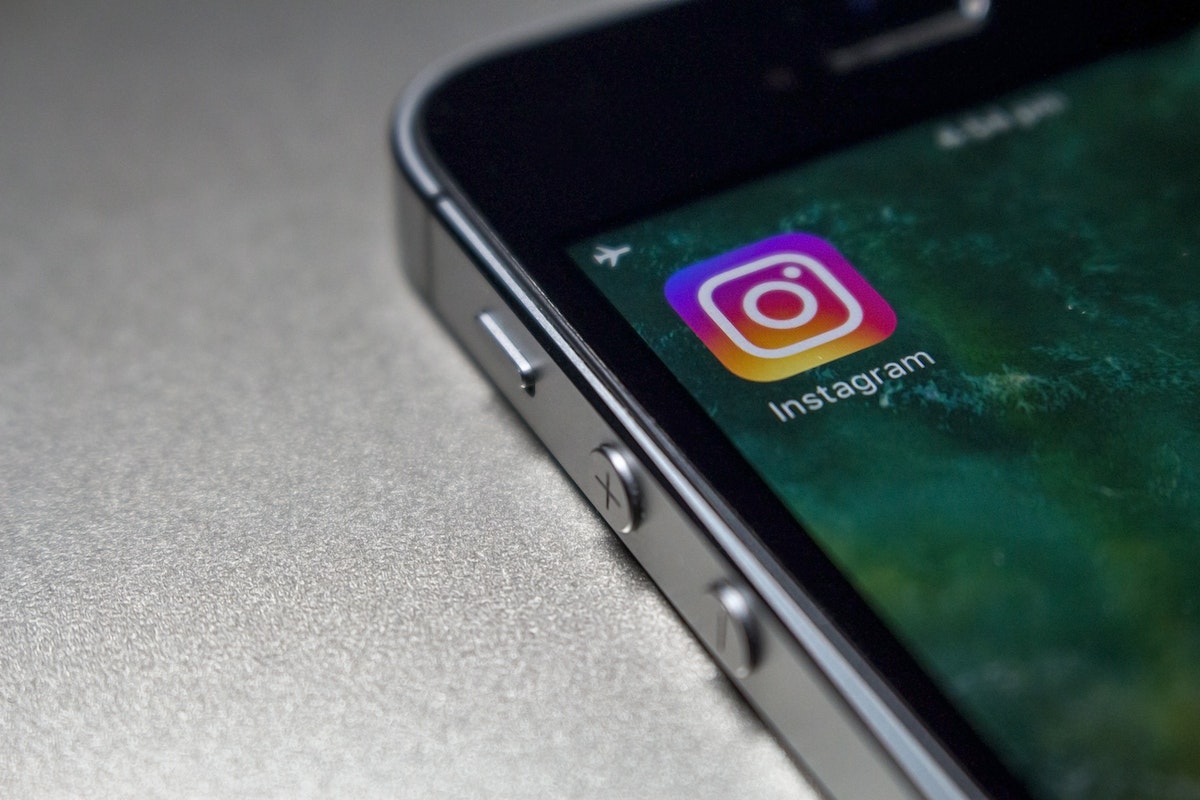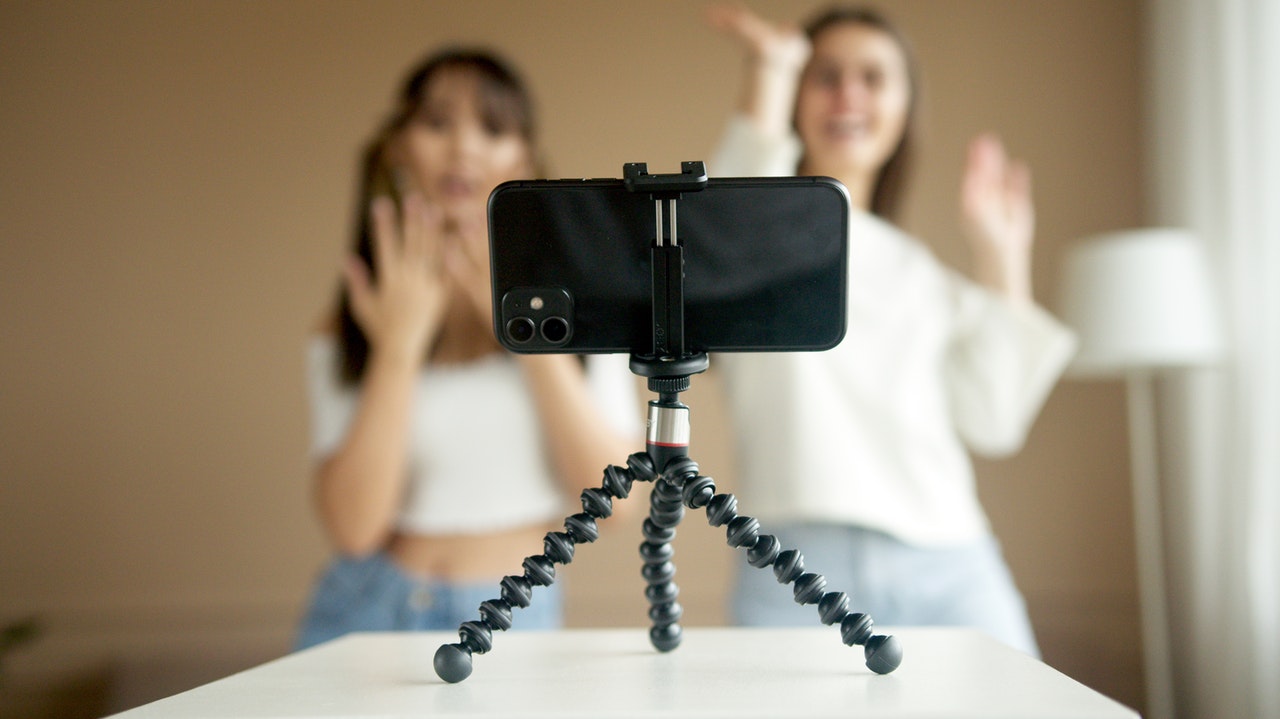Today, social media is very competitive. Engagement metrics like comments are important for success. Brands, influencers, and individual people need a good Instagram presence. This presence can help increase the success of your small business.

The number and type of comments are factors for success on Instagram. The answer to the question is yes. In this article, we will explore how, why, and where to buy Instagram comments. This can help improve your online presence.
What Are Instagram Comments and Why Do They Matter?
Instagram comments are direct interactions with users. Comments show what people think. They also show feedback or reactions to your content. Comments are more meaningful than likes or views. Users spend time to share their thoughts in the conversation.
Key Benefits of Instagram Comments
One benefit is better credibility. A post with many comments looks real and popular. Another benefit is higher algorithm ranking. Instagram prefers content with more engagement. This makes your post more likely to be seen on the Explore page. A third benefit is stronger social proof. When new users see a post with many comments, they are more likely to engage.
Why Buy Instagram Comments?
Organic engagement is the best goal. Buying Instagram comments can be a useful support. Here are some reasons people and businesses choose to buy Instagram comments:
1. Quick Boost in Engagement Metrics
Buying comments can give an instant increase to your engagement. It can make your account look very active.
2. Kickstart New Campaigns
If you are starting a new product or service, purchased comments can help create excitement. They can encourage real users to join the conversation.
3. Overcome the First Challenges
For new accounts, it can be slow to get real engagement. Buying comments can help make your account look more established.
How to Buy Instagram Comments Well
Buying Instagram comments is not easy. It requires good planning, which helps you get better results. First, you must choose a reliable platform. Ensure they provide real and good-quality comments. Look for services with good reviews and clear rules.
Generic comments like “Nice post!” look fake. Choose services that allow you to have custom comments. This makes them look more real and connected to your content. Adding many comments at the same time can look suspicious. It can damage your credibility. Choose services that add comments slowly. This creates a more natural pattern of engagement.
To get the best results, mix bought comments with likes, shares, and real engagement. This helps you get the most from your efforts. By combining these methods, you can make your Instagram presence stronger and more real.

Best Tips When Buying Instagram Comments
Follow these tips to make your strategy work and last. First, keep it real. Even if you buy comments, your content should connect with the audience. Focus on creating high-quality and interesting posts.
Second, do not use this tactic too much. Buying comments should help your strategy, not be the main way to get engagement. Relying too much can hurt your trustworthiness.
Third, check your performance numbers. Watch how bought comments change your reach, visibility, and follower growth. Use this data to make your strategy better.
Finally, follow Instagram’s rules. Using too many fake or spammy comments can break Instagram’s rules and may cause penalties for your account. Always choose quality instead of quantity.
Where Can You Buy Instagram Comments?
There are many platforms that offer Instagram comment services, but not all are good. Here are some options to think about:
1. Graming
Graming gives reliable Instagram engagement services. They offer high-quality custom comments. These comments fit well with real engagement.
2. Social Media Marketing Agencies
Professional agencies offer special solutions. They include comment purchases in their social media strategies.
3. Freelance Platforms
Freelancers on sites like Fiverr or Upwork provide comment services. But be careful to check their quality.
Risks and Challenges of Buying Instagram Comments
Buying Instagram comments can help. But there are some downsides to think about. One risk is that Instagram can see too many bad comments. This might make Instagram penalize your account. Another problem is that bought comments usually have short benefits. To succeed long term, building real relationships with followers is better. If people discover you bought comments, your reputation can be damaged. They can lose trust in you and stop interacting with your content. It is important to think about these problems before you buy Instagram comments.
Tips for Growing Engagement Organically
Buying Instagram comments can help. But there are some problems to think about. One risk is that Instagram can see too many bad comments. This action might cause penalties for your account. Another problem is that the benefits from bought comments do not last. To succeed over time, building real relationships with followers is better. Also, if people find out you bought comments, it can hurt your reputation. They can lose trust in you and stop engaging with your content. It is important to consider these problems before buying Instagram comments.
Conclusion
Buying Instagram comments can boost your engagement and visibility. But it is important to do it carefully. This method need to be added with organic actions. You create a real presence on Instagram. You can grow a strong account that connect with your audience. You do this by mixing good content with bought engagement.


















